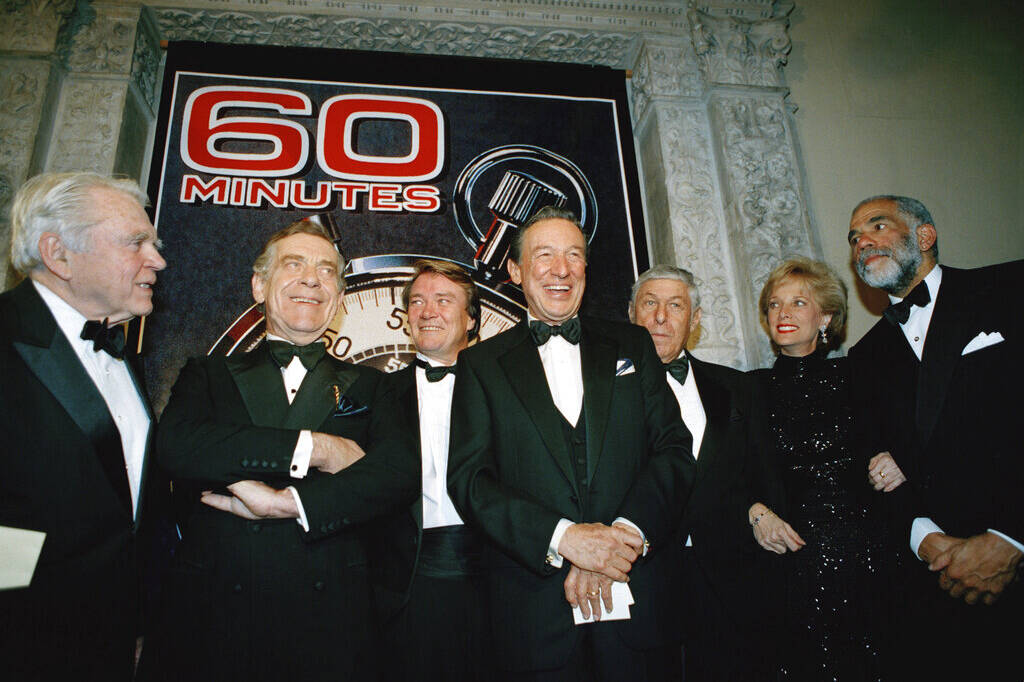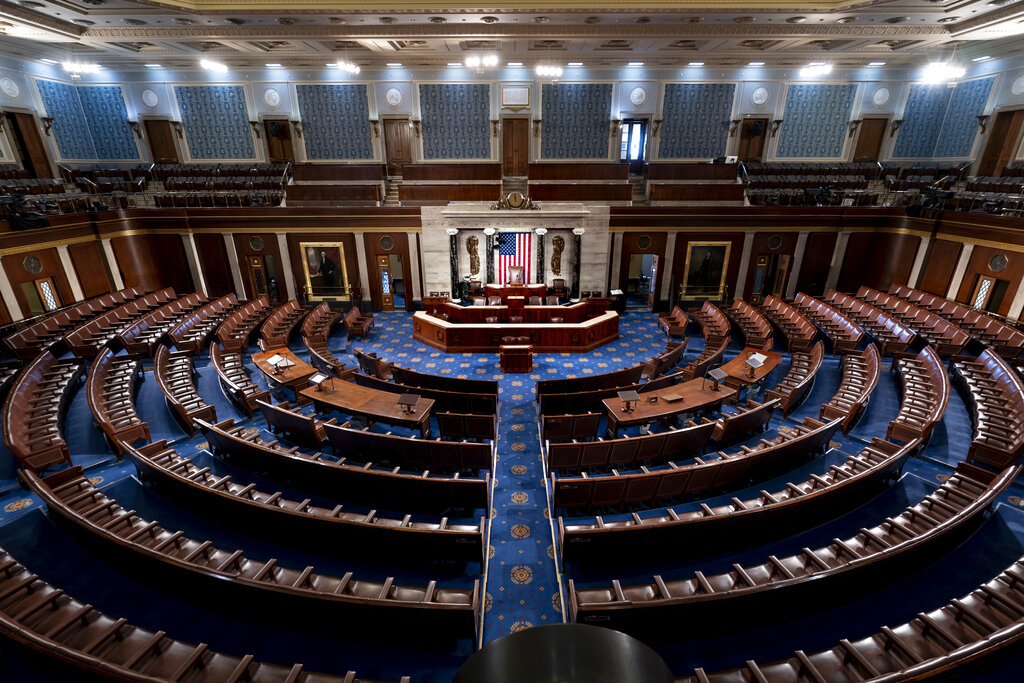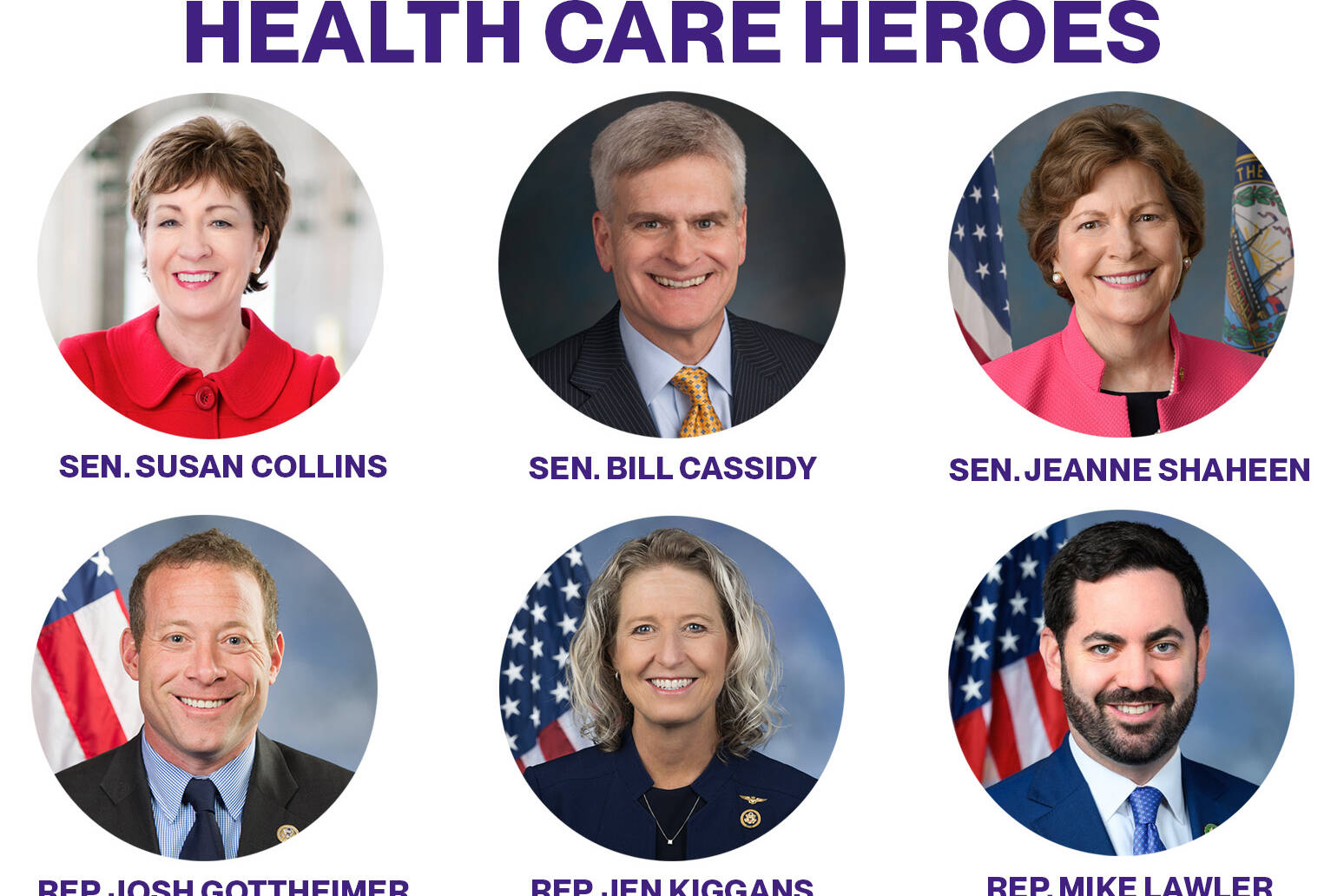Why Zohran Mamdani’s Plan Won’t Work
New York City mayoral candidate Zohran Mamdani has proposed an ambitious plan to make food more affordable: opening five city-run grocery stores—one in each borough. He said these publicly operated stores could offer lower prices because they would not pay rent or property taxes, would centralize warehousing and distribution, and would buy and sell goods at wholesale prices.
According to Mamdani’s website, these efficiencies would reduce overhead costs and pass savings on to consumers.
International Lessons in Public Grocery Failures
Several countries have experimented with state-run grocery models, including the former Soviet Union, Venezuela, Cuba, Hungary, and Poland. These stores have become synonymous with:
- Long lines and persistent shortages
- Poor customer service
- Limited variety and outdated products
- Corruption, theft, and black markets
- Chronic inefficiency and lack of responsiveness to consumer need
These examples highlight a core issue: governments struggle to manage fast-moving, customer-driven businesses with thin margins and high operational complexity.
U.S. Case Studies: Rural-Only and Mostly Unsustainable
While rare, government-owned grocery stores do exist in the U.S.—typically in rural areas where no other store is available. Even in those cases, results have been mixed at best:
- Baldwin, Florida opened a city-run grocery in 2019 after its last private store closed. It struggled to break even and shut down in 2024.
- In Erie, Kansas, the city council purchased the town’s only store in 2020. After operating at a loss for years, the city leased it to a private company in 2024.
- St. Paul, Kansas also bought a failing grocery, but ultimately turned to private management, leasing it out rather than running it directly.
In 2023, Chicago Mayor Brandon Johnson explored opening a city-run grocery store to address food insecurity. After public criticism and feasibility concerns, the city abandoned the plan, pivoting instead to a public food market model.
These examples show that even in areas with no private competition, municipal grocery stores tend to lose money, require subsidies, or are quickly handed off to private operators.
Why Running a Grocery Store Is So Hard
Grocery stores operate with razor-thin margins—typically just 1% to 3%, or up to 5% for smaller stores. Profitability depends on scale, efficiency, and constant adaptation. Grocery stores must deal with:
- High spoilage risk and inventory complexity
- Labor-intensive staffing and wage costs
- Energy-intensive operations (refrigeration, HVAC)
- Shrinkage from theft and spoilage
- Intense competition and narrow consumer loyalty
Private giants like Walmart, Costco, and Kroger succeed because of scale. They sell in high volumes, negotiate lower prices from suppliers, and operate sophisticated logistics systems. Small corner shops (bodegas) are ubiquitous in New York City, and they thrive through convenience, personalized service and a unique connection to the community. City governments—especially those burdened by bureaucracy—are unlikely to replicate the efficiency of giants and the personal touch of small businesses.
Is There Demand in New York City?
Food deserts are most common in rural America—not in dense urban environments like New York City. In fact:
- Over 1,000 grocery stores already operate in New York City.
- Most residents live within walking distance of a store that sells fresh food.
- Only a few outlying neighborhoods in Queens and Staten Island face limited access, and even those are better served by public transit improvements or private incentives, not city-owned retail.
Introducing government-run grocery stores into already well-served areas risks displacing small, immigrant-owned stores, fragmenting the market, and adding bureaucratic inefficiency without solving a clearly defined problem.
A Solution in Search of a Problem
Government-run grocery stores may be a compelling talking point, but history shows they are rarely efficient, scalable, or sustainable. They arise only when private options completely disappear—and even then, cities often fail to make them work. Policymakers should focus on what works: targeted grants, zoning reforms, transit access, and incentives for grocers to serve underserved areas.
Related
Austin Milks
Austin Milks is Deputy Research Director at No Labels. He has a degree in Political Science from the University of Wisconsin-Whitewater and a JD from Valparaiso University. He has worked for numerous campaigns over the last fifteen years.




